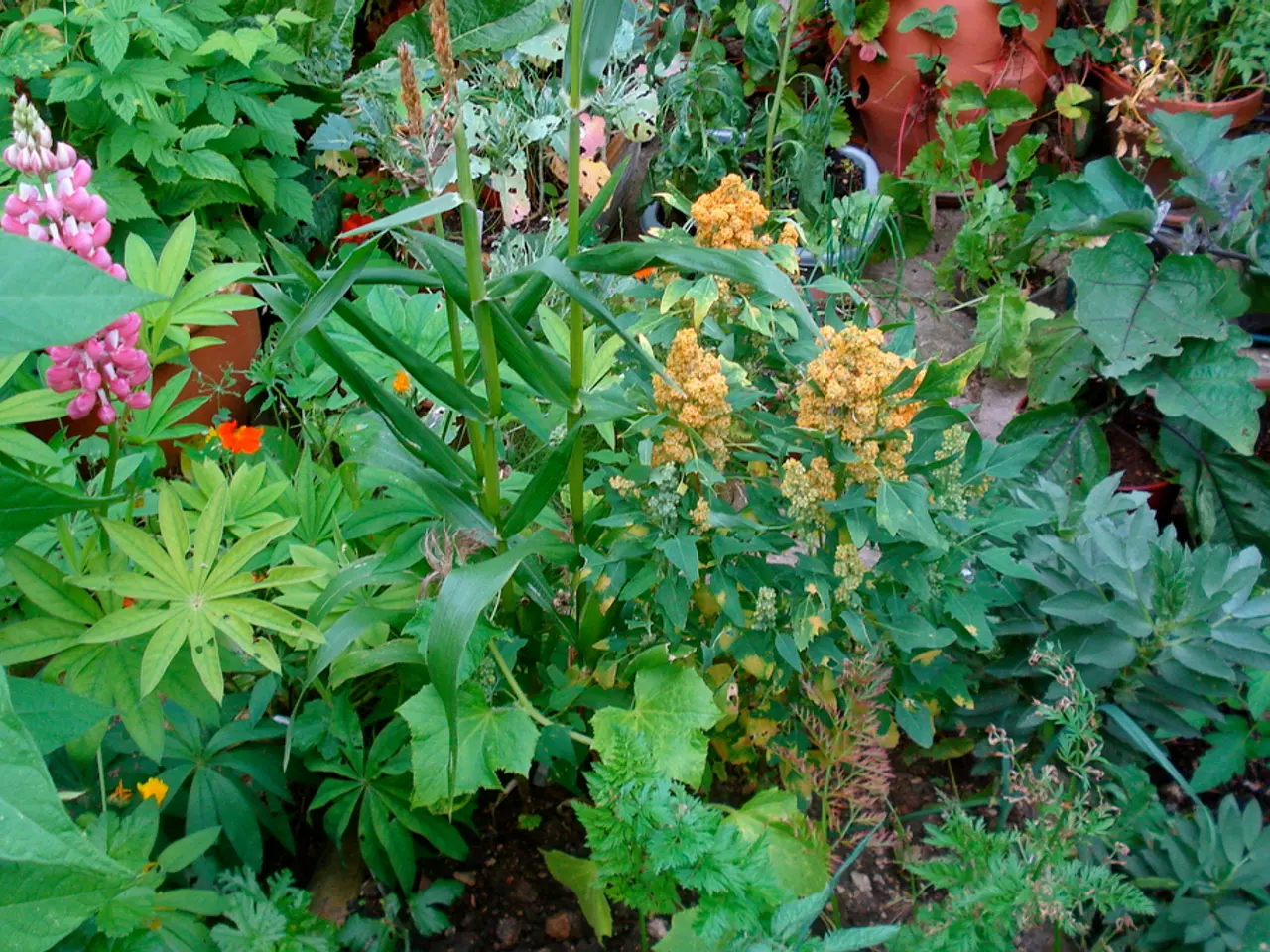Building: Insect Nurturing Haven
Building an Insect-Friendly Flower Garden with Growing Wishes
If you're looking to create a small, vibrant garden that not only beautifies your outdoor space but also supports a thriving ecosystem, consider building an insect-friendly flower garden. Here's a step-by-step guide to help you get started, along with product recommendations from Growing Wishes.
Step 1: Choose Pollinator-Friendly Plants
To attract a variety of pollinators, select plants that bloom throughout the seasons. Some excellent choices include:
- Lavender: A fragrant, summer-blooming plant that attracts bees and butterflies.
- Honeysuckle: A perfumed climber ideal for supports, loved by bees.
- Snapdragon: Provides food in cooler months and is bright and fragrant.
- Poppies: Rich in nectar, available in both annual and perennial varieties.
- Agastache: Offers tubular flowers in peach to purple shades, highly attractive to pollinators.
- Salvia: Known for its long bloom time and resistance to deer and bunnies.
- Sweet Alyssum, Catmint, Dill, Stonecrop: Support diverse beneficial insects.
- Yarrow, Marigold, Daisies: Attract lacewings, which act as natural pest controllers.
Step 2: Planting Layout
Cluster groups of similar plants together (at least three) to make it easier for insects to forage. Consider layering with flowers of varying heights for shelter and foraging.
Step 3: Support Beneficial Insects
Allow leaf litter for overwintering insects, provide a shallow water source nearby, and avoid pesticides and herbicides; choose organic or natural pest controls.
Step 4: Product Recommendations
Growing Wishes offers a variety of seeds and nursery plants to help you get started:
| Plant | Form | Notes | Available as seeds or nursery plants | |--------------------|--------------------|------------------------------|------------------------------------| | Lavender | Perennial shrub | Fragrant, summer bloomer | Both | | Honeysuckle | Climbing vine | Needs support | Nursery | | Snapdragon | Annual/perennial | Cool weather feeder | Seeds or nursery | | Agastache | Perennial | Tubular flowers, colorful | Nursery/seeds | | Marigold | Annual | Attracts beneficial insects | Seeds or nursery | | Yarrow | Perennial | Attracts lacewings | Nursery/seeds | | Sweet Alyssum | Annual | Long bloom, insect-friendly | Seeds or nursery |
Step 5: Additional Tips
- Plant successive blooms for spring, summer, and fall flowering.
- Use local native pollinator plant guides for specific regional advice.
- Incorporate herbs such as cilantro (which attracts pollinators) as fillers.
By combining these plants and gardening practices, your small garden will support pollinators year-round, enhance biodiversity, and promote beneficial insect activity naturally. Happy gardening!
Embracing a home-and-garden lifestyle that benefits insects, you might consider expanding your plant selection beyond the standard variety. infinite blooms from plants like lavender, honeysuckle, snapdragons, agastache, and sweet alyssum can cater to diverse pollinators and create a vibrant, year-round ecosystem in your lifestyle garden.




